Understanding Bobtail in Trucking: Definitions, Uses, and Challenges
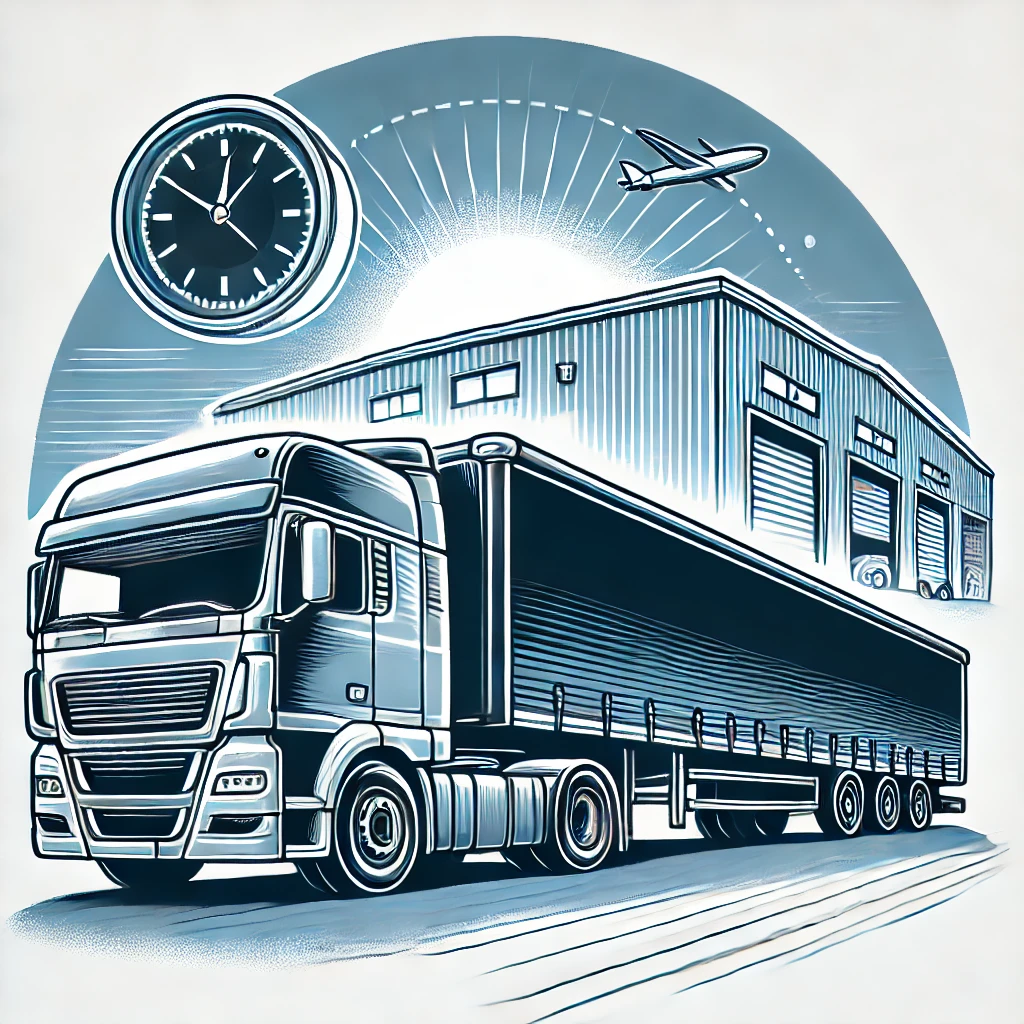
What is Bobtail in Trucking?
In trucking, “bobtail” refers to a tractor unit (the front part of a semi-truck) that is driven without a trailer attached. The term “bobtailing” is the act of driving a tractor unit without a trailer. This practice is common in the trucking industry and serves several important purposes.
Key points about bobtailing:
- It involves driving only the tractor unit of a semi-truck
- No trailer is attached to the tractor
- It’s a necessary part of many trucking operations
- The term comes from the appearance of the truck, resembling an animal with a short, stubby tail
Why Do Trucks Bobtail?
Bobtailing is not just a random occurrence in trucking; it serves several important functions:
- Repositioning: After delivering a load, a driver may need to bobtail to the next pickup location.
- Return Trips: When a delivery is made in one direction, but there’s no return load available, the truck may bobtail back to its home base.
- Maintenance: Trucks often bobtail to maintenance facilities for servicing or repairs.
- Fuel Stops: In some cases, drivers may bobtail to fueling stations that are more accessible without a trailer.
- Home Time: When drivers are heading home for time off, they typically do so in a bobtail truck.
Challenges of Bobtailing
While bobtailing is a necessary part of trucking operations, it comes with its own set of challenges:
- Reduced Traction: Without the weight of a trailer, the drive wheels have less downforce, which can affect traction, especially in adverse weather conditions.
- Different Handling: The weight distribution of a bobtail truck is different from a fully loaded tractor-trailer, requiring drivers to adjust their driving technique.
- Increased Stopping Distance: Surprisingly, a bobtail truck can take longer to stop than a fully loaded tractor-trailer due to the reduced weight on the drive axles.
- Economic Inefficiency: Bobtailing is often considered “deadhead” miles, as the truck isn’t carrying cargo and thus not generating revenue.
- Regulatory Considerations: Some jurisdictions have specific rules or restrictions regarding bobtail operations.S
Bobtailing and Safety
Safety is a paramount concern when it comes to bobtailing. Here are some key safety considerations:
- Defensive Driving: Drivers need to be extra cautious when bobtailing, especially in wet or icy conditions.
- Speed Management: It’s crucial to maintain appropriate speeds, as bobtail trucks can be more susceptible to skidding.
- Braking Technique: Drivers must adjust their braking technique to account for the different weight distribution.
- Load Distribution: When possible, keeping some weight over the drive axles (such as a full fuel tank) can improve traction.
- Training: Proper training on bobtail operation is essential for all drivers.
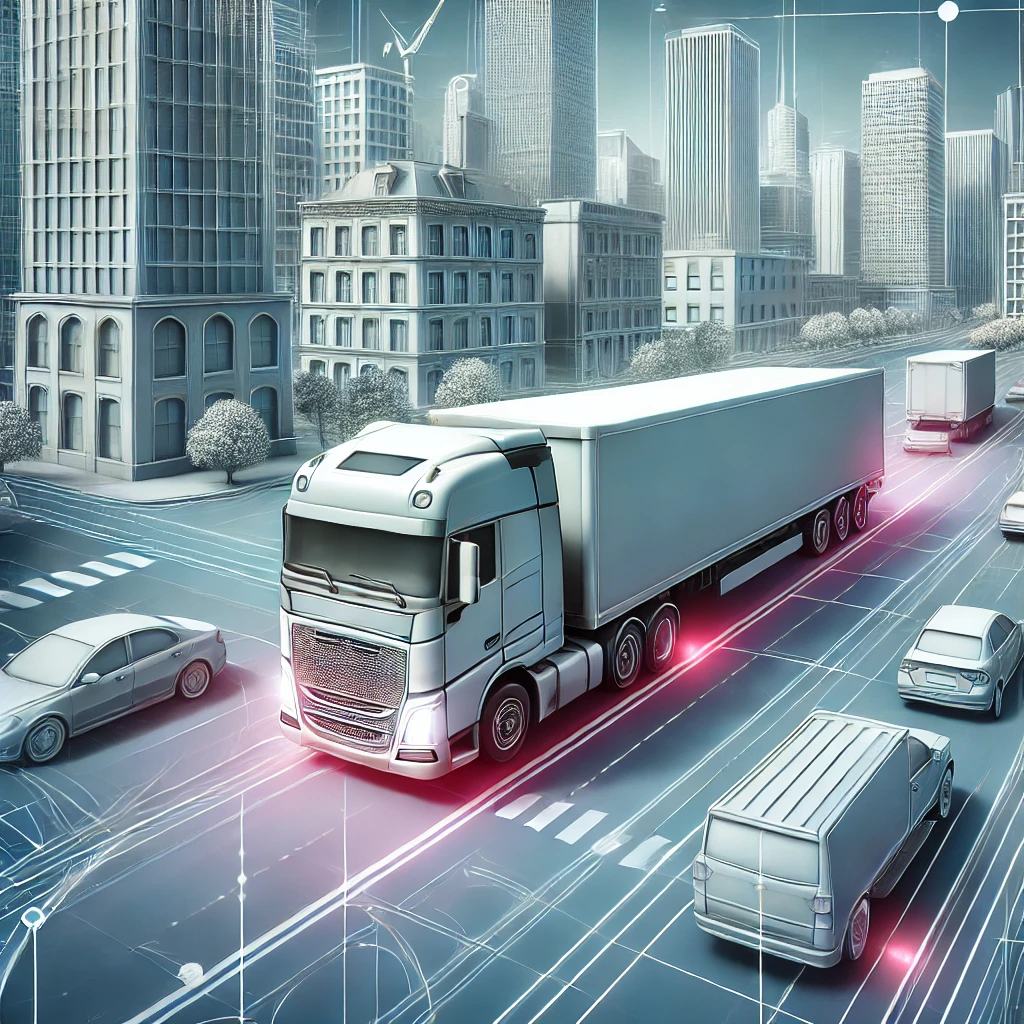
Economic Impact of Bobtailing
From an economic perspective, bobtailing presents some challenges for trucking companies:
- Non-Revenue Miles: Miles driven while bobtailing are typically not revenue-generating.
- Fuel Costs: While may have better fuel efficiency than fully loaded trucks, the fuel used during trips is still a significant expense.
- Wear and Tear: still puts miles on the truck, contributing to maintenance costs and depreciation.
- Opportunity Cost: Time spent is time that could potentially be spent hauling paying loads.
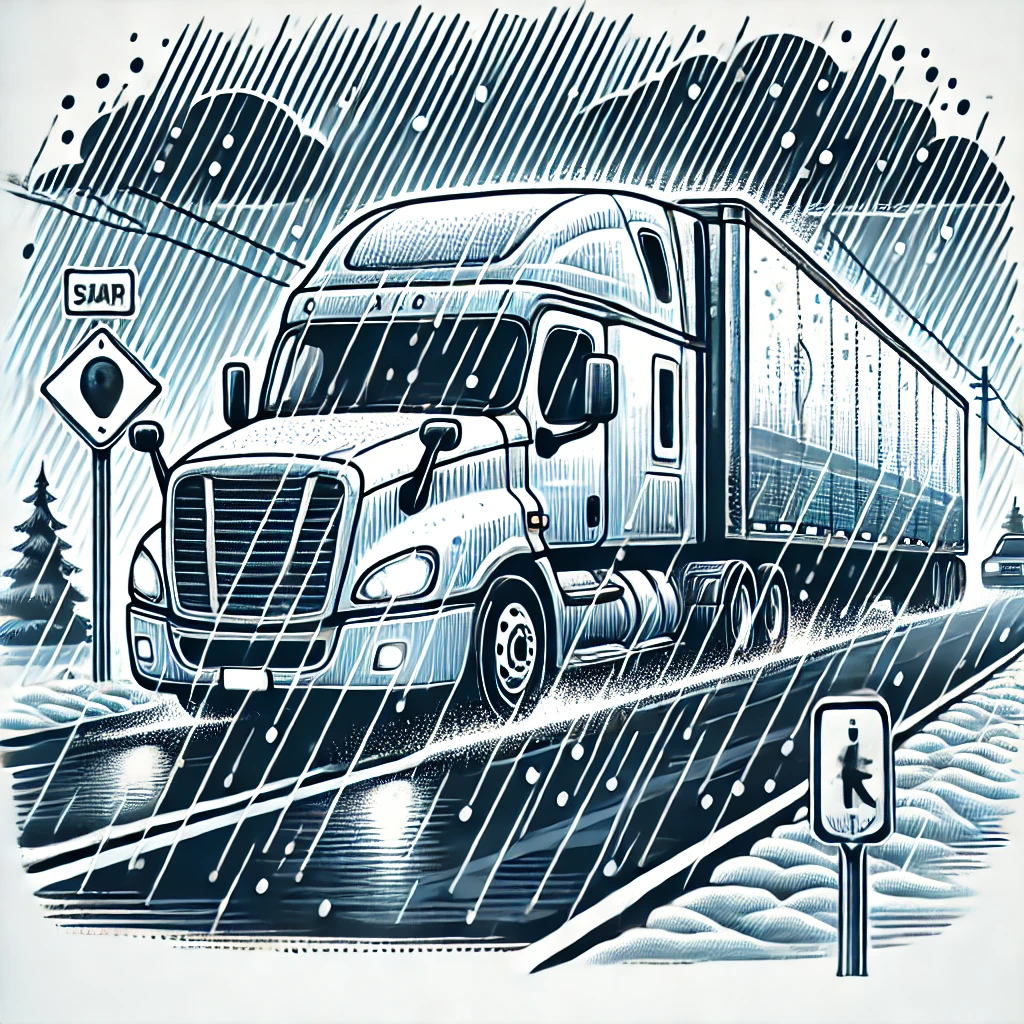
Strategies to Minimize Bobtailing
Given the challenges and costs associated with bobtailing, trucking companies employ various strategies to minimize it:
- Efficient Route Planning: Careful planning can help reduce the need for bobtail trips.
- Load Matching: Using load boards and freight matching services to find loads for return trips.
- Collaboration: Partnering with other carriers to share loads and reduce empty miles.
- Regional Operations: Focusing on regional hauls can sometimes reduce the need for long bobtail trips.
- Diversification: Offering additional services (like storage or cross-docking) can provide revenue opportunities that don’t require long-distance transport.
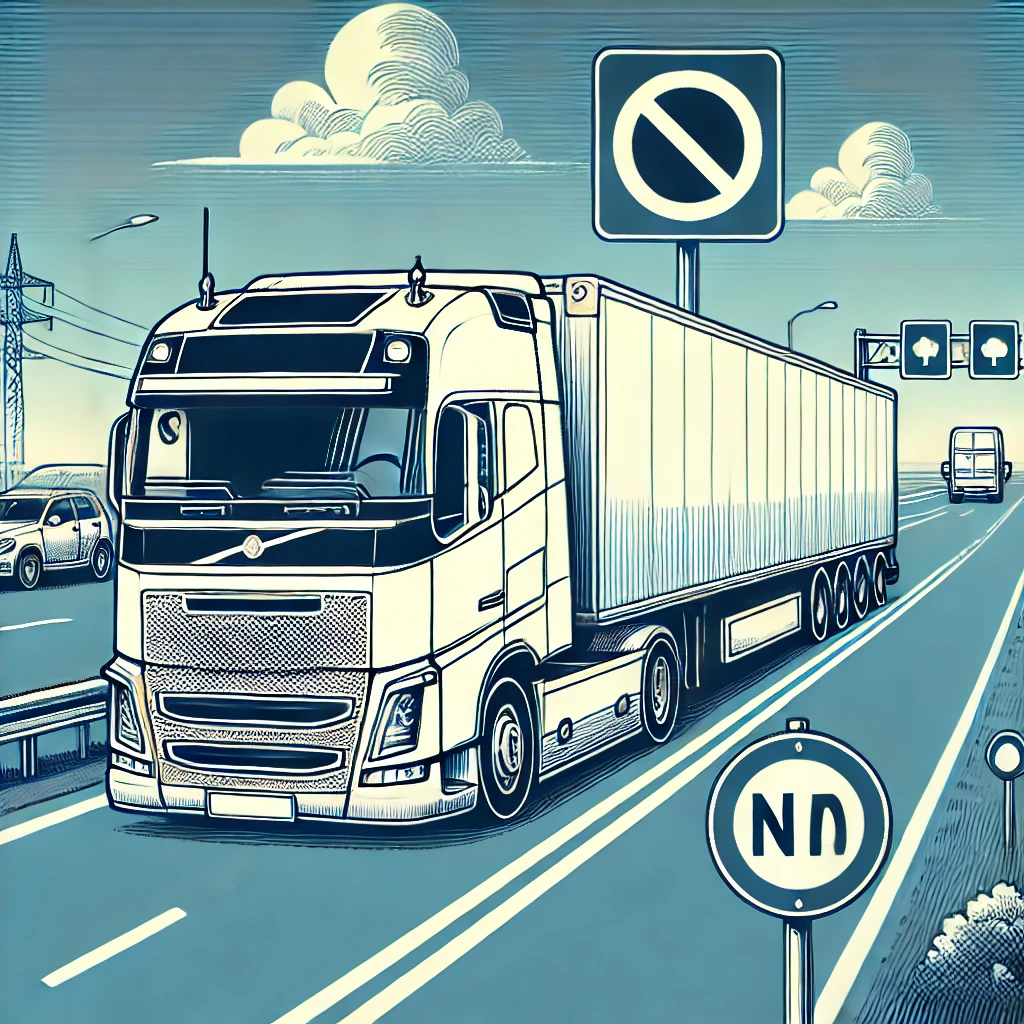
In trucking, “bobtail” refers to a tractor unit (the front part of a semi-truck) that is driven without a trailer attached. The term “bobtailing” is the act of driving a tractor unit without a trailer. This practice is common in the trucking industry and serves several important purposes.
Key points about bobtailing:
- It involves driving only the tractor unit of a semi-truck
- No trailer is attached to the tractor
- It’s a necessary part of many trucking operations
- The term comes from the appearance of the truck, resembling an animal with a short, stubby tail
How Linbis is Revolutionizing Bobtail Management
Recognizing the challenges posed by bobtailing, Linbis has developed innovative solutions to help trucking companies optimize their operations:
- Real-Time Tracking: Linbis’s advanced GPS tracking system provides real-time visibility of bobtail trucks, enabling better route planning and reducing unnecessary bobtail miles.
- Smart Load Matching: By leveraging AI and machine learning, Linbis’s platform can intelligently match available bobtail trucks with nearby loads, maximizing efficiency and minimizing empty trips.
- Route Optimization: Linbis’s algorithms consider traffic patterns, delivery schedules, and truck specifications to suggest the most efficient routes, reducing overall bobtail time.
- Predictive Analytics: By analyzing historical data and current market conditions, Linbis can help companies anticipate and plan for bobtail situations.
- Collaborative Network: Linbis facilitates cooperation between carriers, allowing for load sharing and reducing collective bobtail miles.
- Performance Metrics: Detailed analytics on bobtail miles, fuel consumption, and overall efficiency help companies make data-driven decisions to optimize their operations.
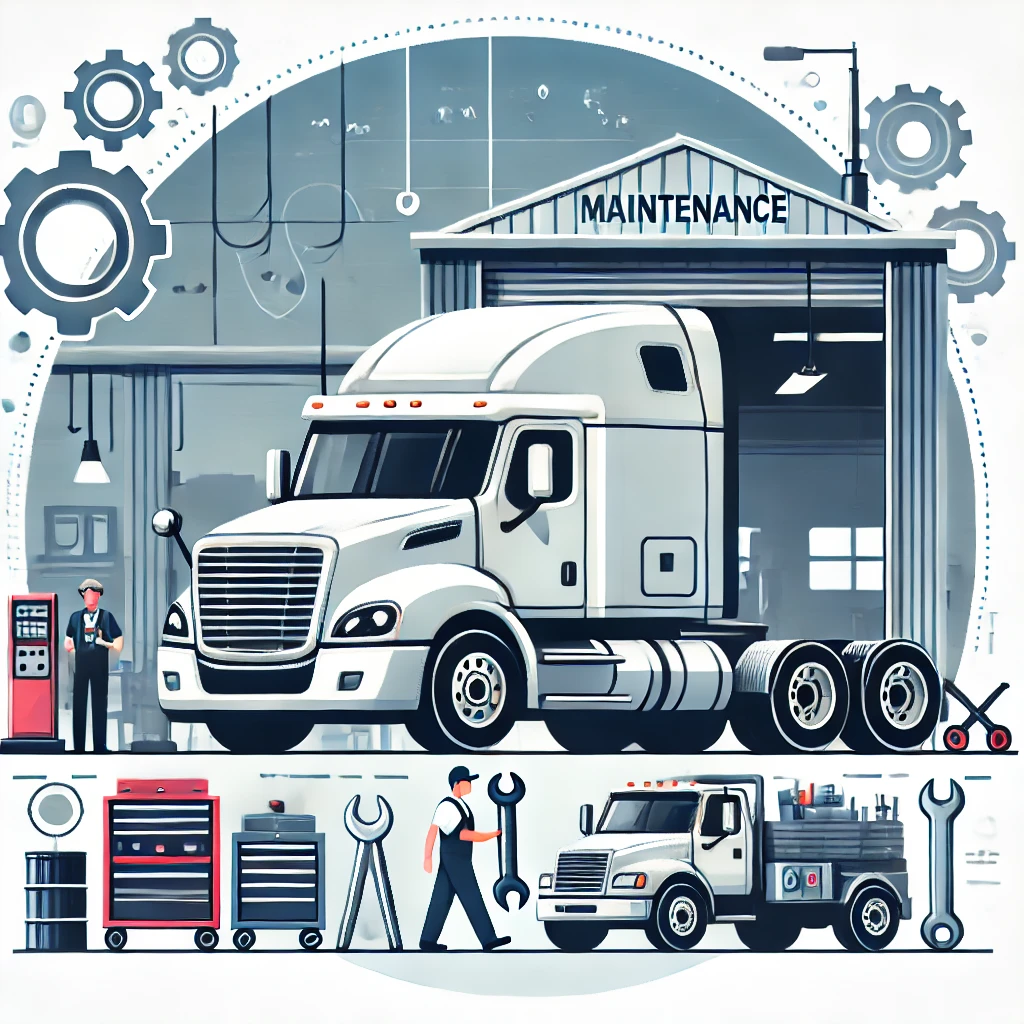
The Future of Bobtailing in Trucking
As the trucking industry evolves, so too will the approach to bobtailing. Here are some trends that may shape the future:
- Autonomous Vehicles: Self-driving trucks could potentially be used for bobtail trips, reducing labor costs.
- Electric Trucks: As electric trucks become more common, the economics of bobtailing may change due to different fueling needs and costs.
- Advanced Load Matching: Expect to see even more sophisticated systems for matching trucks with available loads to minimize bobtail miles.
- Modular Truck Design: Future truck designs might allow for more flexible configurations, potentially reducing the need for traditional bobtailing.
- Urban Logistics Hubs: The development of urban logistics centers could change bobtailing patterns, especially for last-mile deliveries.
Conclusion
Bobtailing is an integral part of trucking operations, serving necessary functions despite its challenges. Understanding what bobtailing means in trucking, its uses, and its impact on safety and economics is crucial for anyone involved in the transportation and logistics industry.
While bobtailing presents challenges, innovative solutions like those offered by Linbis are helping to mitigate these issues. By leveraging advanced technology for real-time tracking, smart load matching, and route optimization, companies can turn the necessity of bobtailing into an opportunity for improved efficiency and cost savings.
As we look to the future, the practice of bobtailing will likely continue to evolve alongside advancements in vehicle technology, data analytics, and logistics management. By staying informed about these trends and embracing innovative solutions, trucking companies can ensure they’re well-positioned to handle the challenges and opportunities that bobtailing presents in the ever-changing landscape of the transportation industry.
